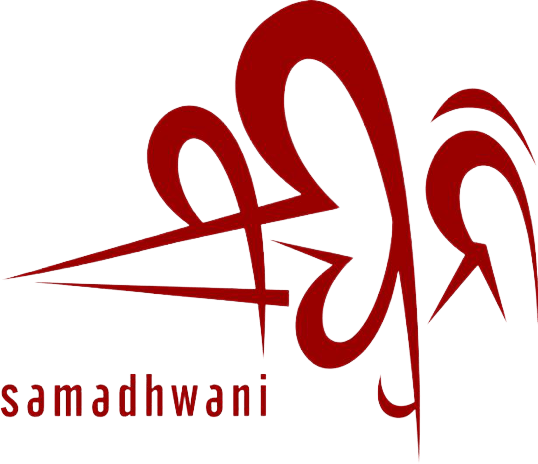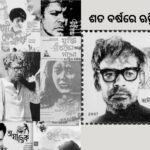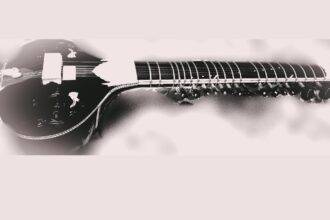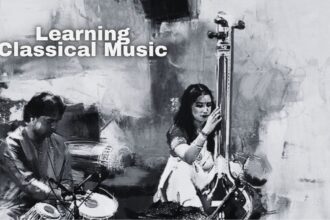As 2025 begins, Samadhwani enters its third decade – an occasion that invites a moment of reflection rather than celebration. What began in 2005 as an informal gathering of people interested in Odisha’s cultural traditions has slowly taken on new forms, shaped by those we’ve met, the stories we’ve heard, and the silences we’ve tried to understand.
Over the years, Samadhwani has moved through many small corners of Odisha- documenting, listening, and sometimes just sitting with what is already present. From conversations with folk musicians and weavers to quiet afternoons in village schools, our work has been less about producing results than about staying attentive to what might otherwise go unnoticed. Some of these moments have found their way into small publications, a documentary on Ganda Baja, or student-led video essays on village life in districts like Gajapati, Baragarh, Jagatsinghpur, and Rayagada. We hope these may become modest contributions to a larger, shared archive.
This work has never belonged to us alone. Artists, teachers, students, farmers, homemakers, and elders have all shaped the path we’ve taken. We owe quiet thanks to many individuals who’ve stood by us, not as patrons or endorsers, but as fellow travelers. Names like Shri Natabar Shadangi, Rajendra Verma, Professor Pritish Acharya, Jayashree Sahu, Ashok Bahidar, and others come to mind—not for their stature, but for their quiet support and encouragement.
In recent years, we’ve been especially drawn to conversations with young people, in schools, in homes, and in informal spaces—where questions of cultural memory are being asked in new ways. Many students have expressed a desire to know more about the traditions around them, and we’ve simply tried to make space for that curiosity to grow. Parents, too, have shared a quiet wish: that their children might find time to engage with music, theatre, and rural life during school breaks—not as extracurriculars, but as ways of remembering where they’re from.
Looking ahead, we imagine Samadhwani less as an institution and more as a small shared practice- one that continues to explore how local histories, everyday arts, and oral traditions can be documented without fixing them in place. We’d like to spend more time listening to stories from weavers, puppet-makers, folk performers, and mothers who carry culinary and agricultural knowledge across generations. We hope to involve more students in documenting their own village histories – not to extract cultural material but to help renew interest and connection.
We’ve also been thinking about communal harmony – how it is practiced rather than proclaimed. One recent publication, Sampradayika Sampriti: Ketoti Udaharan, gathers examples of everyday cohabitation and mutual care, which we hope can serve as quiet reminders in difficult times.
In closing, let me say this: art and artists are inseparable companions. Our call today echoes loud and clear: save the artist, and the art will live on.
Join us as we continue this symphony of culture, resilience, and hope.
Original writing is in the Odia language and translated to English, taking the help of AI tools.








